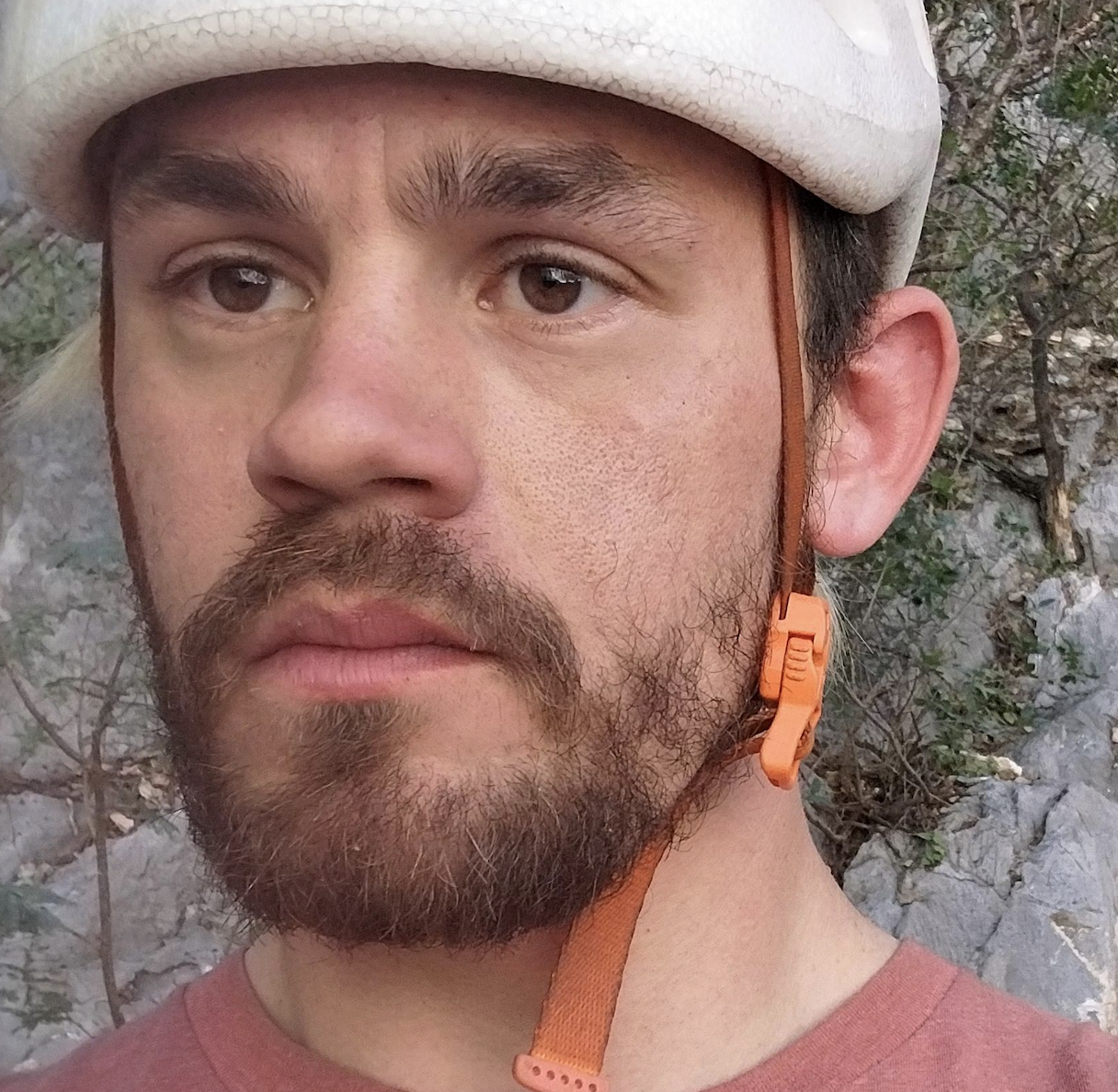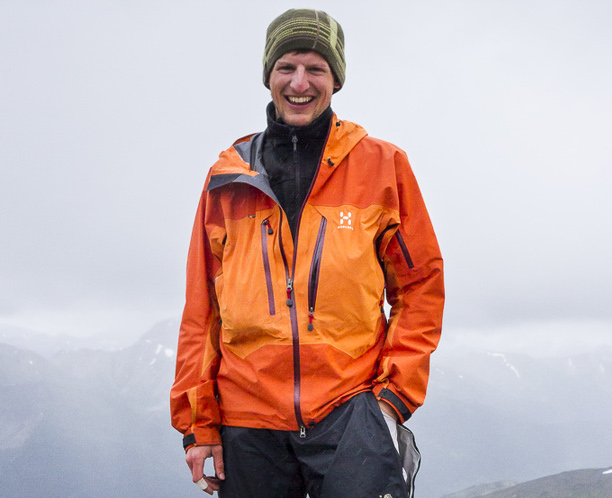In mid-May 2023, Bryan Sarg and I flew to the Fairweather Glacier from Haines, Alaska, to attempt Mt. Fairweather's Carpe Ridge. We were plagued by bad weather and poor conditions, but despite setbacks, we still attempted several peaks.
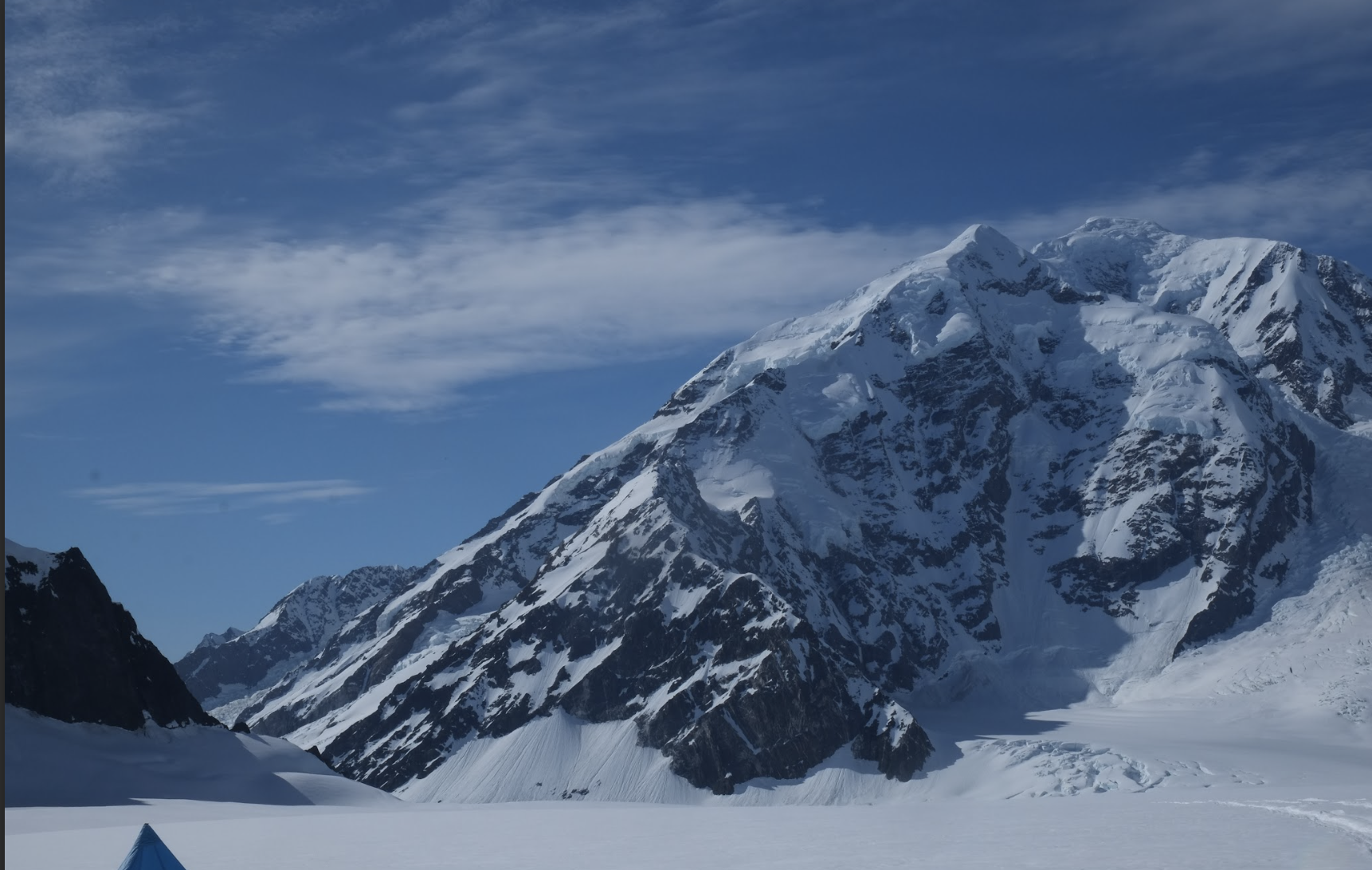
Mount Fairweather. The Carpe Ridge runs diagonally from bottom left to top right.
Bryan and I have been friends and climbing partners for years; we met working at the NOLS Rocky Mountain branch. After climbing extensively around Lander and in the Wind River Mountains, the idea of a trip there began to percolate early in 2022.
We knew we wanted to do a bigger mountaineering trip in Alaska together. We also knew we wanted to go somewhere more remote and logistically complicated than the Alaska Range. We came across the Carpe Ridge, Mt. Fairweather’s “classic” route, and were immediately interested. The remoteness, the technical climbing on the route, and the complexity of the glaciers all spoke to us. Mt. Fairweather is notorious for being somewhat misnamed. With a summit at 15,325’ and less than 3 miles from the Pacific Ocean, Mt. Fairweather gets an average of 100” of snow annually.
Our big group goal for the trip was to climb the Carpe Ridge in Alpine style. If successful on the Carpe, we also hoped to attempt at least one new route out of our glacier basecamp.
Despite our efforts to recruit at least one more person to join us, in early May 2023, we left Lander as a team of two. We drove north, stopping briefly in Alberta to climb Mt. Athabasca.
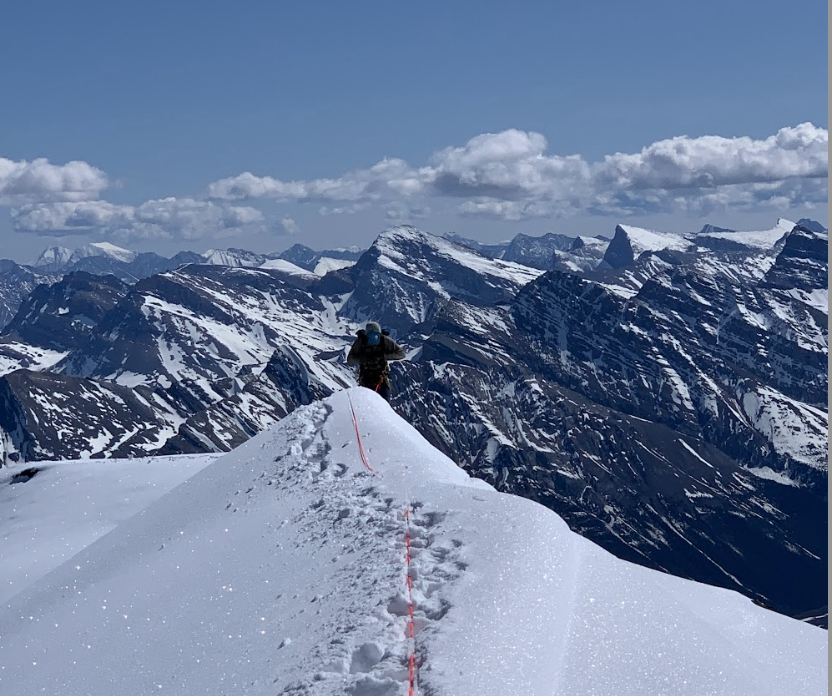
Bryan arriving on the summit of Mt. Athabasca.
After many long days of driving, we finally arrived in Haines, Alaska, during a huge high-pressure window. The weather was sunny, clear, and hot down at sea level. We spent one night in town before loading into a small bush plane and flying to the Fairweather Glacier.
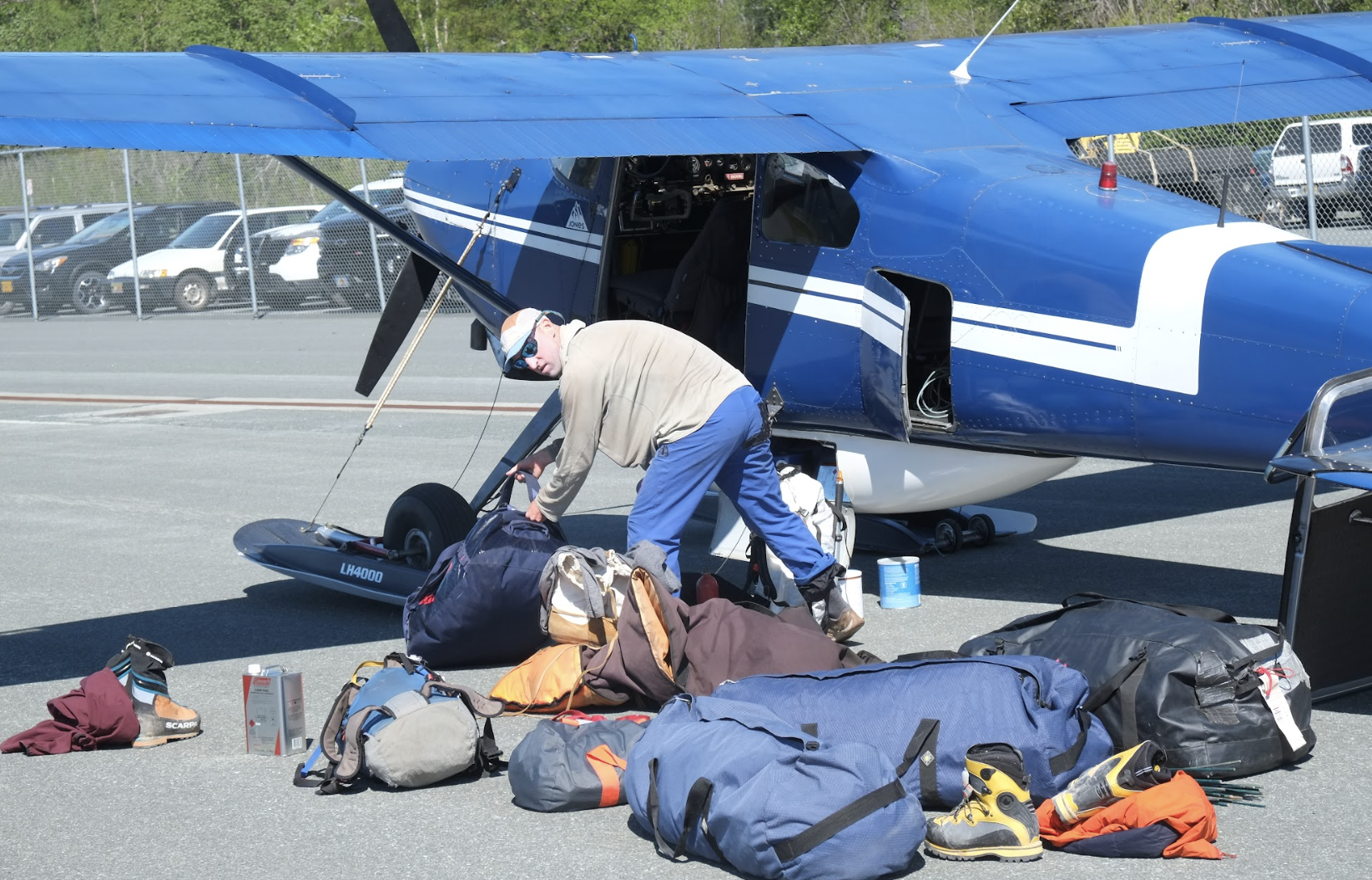
Loading gear into the bush plane. We had to take two flights in to avoid overloading the plane.
We learned from our pilot that we were the first party to come to the Fairweather Glacier in almost seven years. As the plane flew away, we felt so small. The sense of remoteness and solitude began to sink in. We were camped at 6,500’ in an arm of the upper Fairweather Glacier below Mt. Lituya.
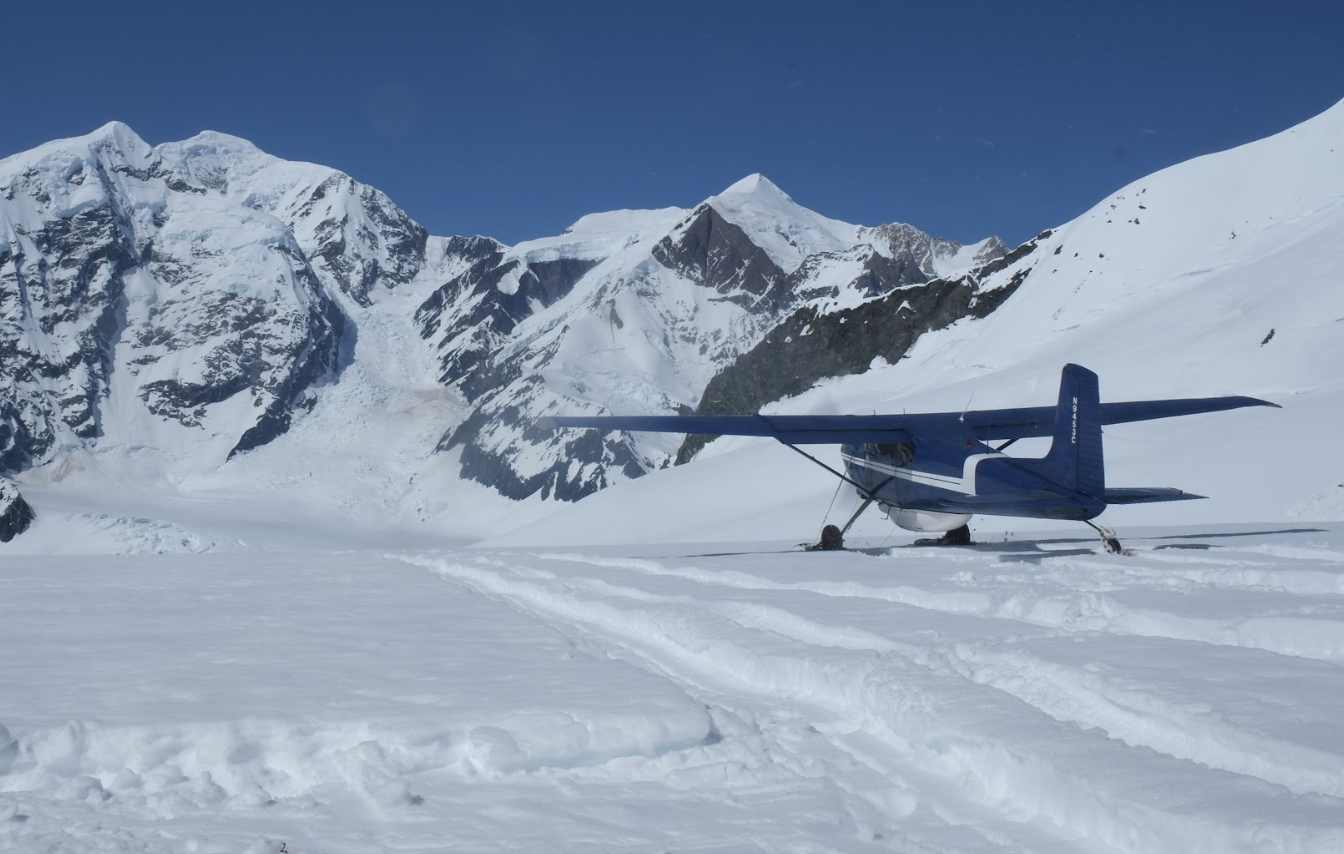
Drake, our pilot, leaving.
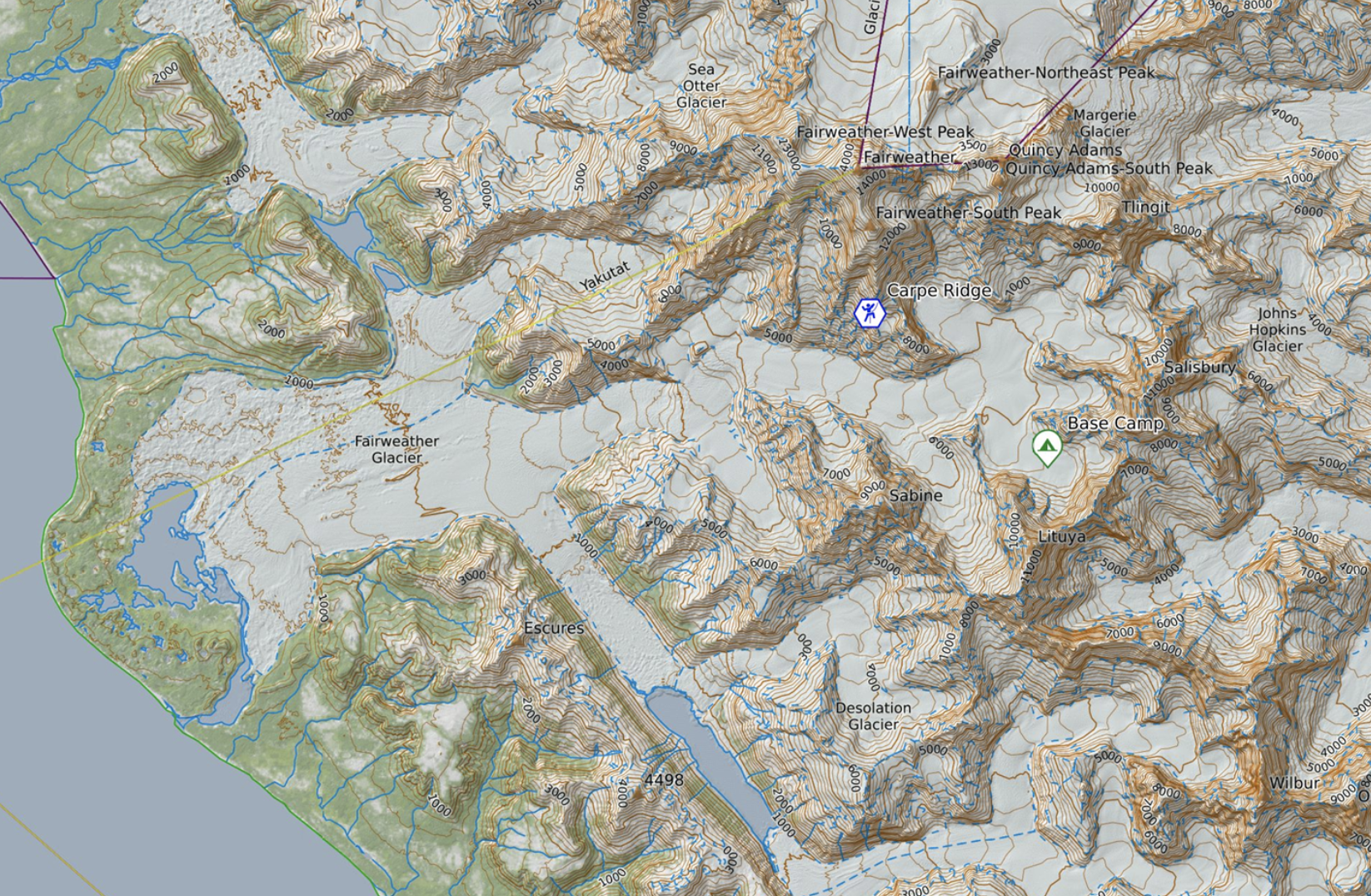
Map showing base camp, nearby mountains, the Carpe Ridge, and the proximity to the ocean.
The first few days at camp were good weather, so we spent that time exploring, getting acclimated, and climbing. We attempted a new route on a sub-peak of Mt. Lituya but ultimately turned around due to extremely poor rock quality.
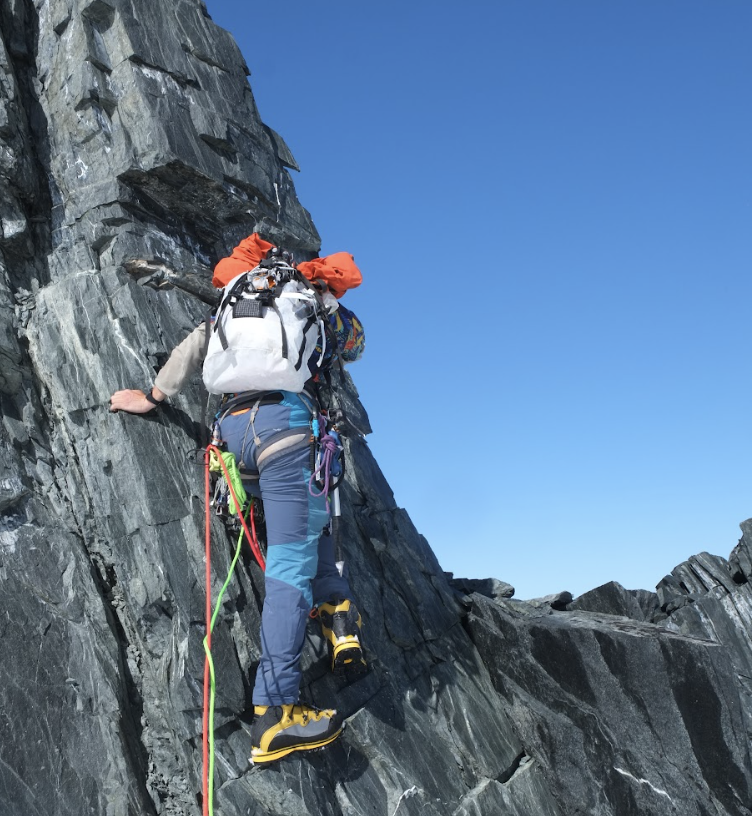
Bryan gaining the ridge on the sub-peak of Mt. Lituya.

We also attempted the 1976 route on the North Ridge of Mt. Lituya and made it above the technical crux, but due to warming temperatures and soft snow, we turned around at 9,000’.

A panorama showing the peaks around our base camp. Left to right: Mt. Fairweather, Mt. Quincy Adams, Mt. Salisbury, and Mt. Lituya.
Little did we know that our time on the north ridge was the last bit of our reliable, good-weather window. The following morning, we woke to low clouds and heavy snow. Over the next nine days, we were stuck almost entirely inside the tent.
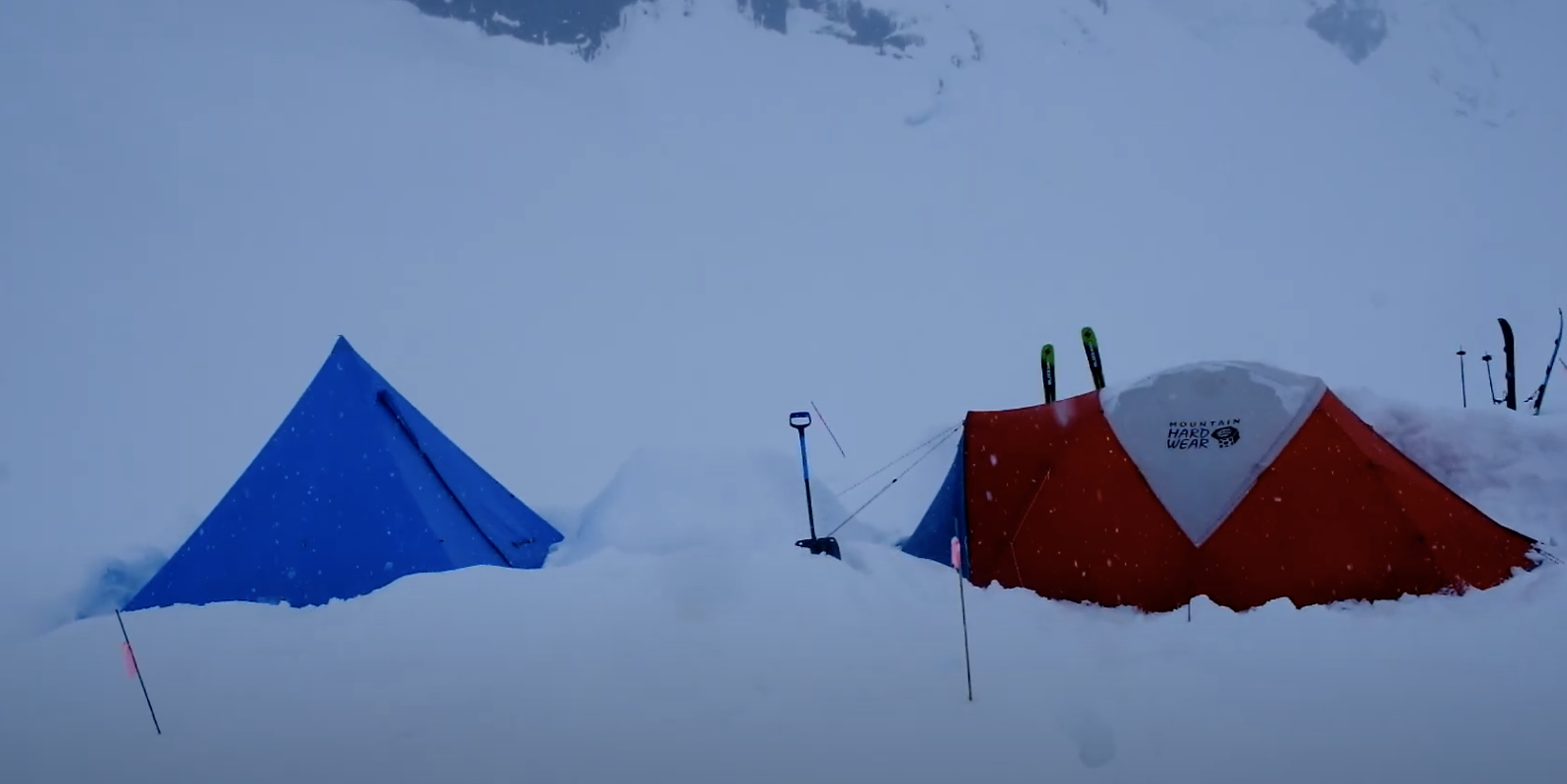
Our conditions for the next nine days as we stayed tent-bound.
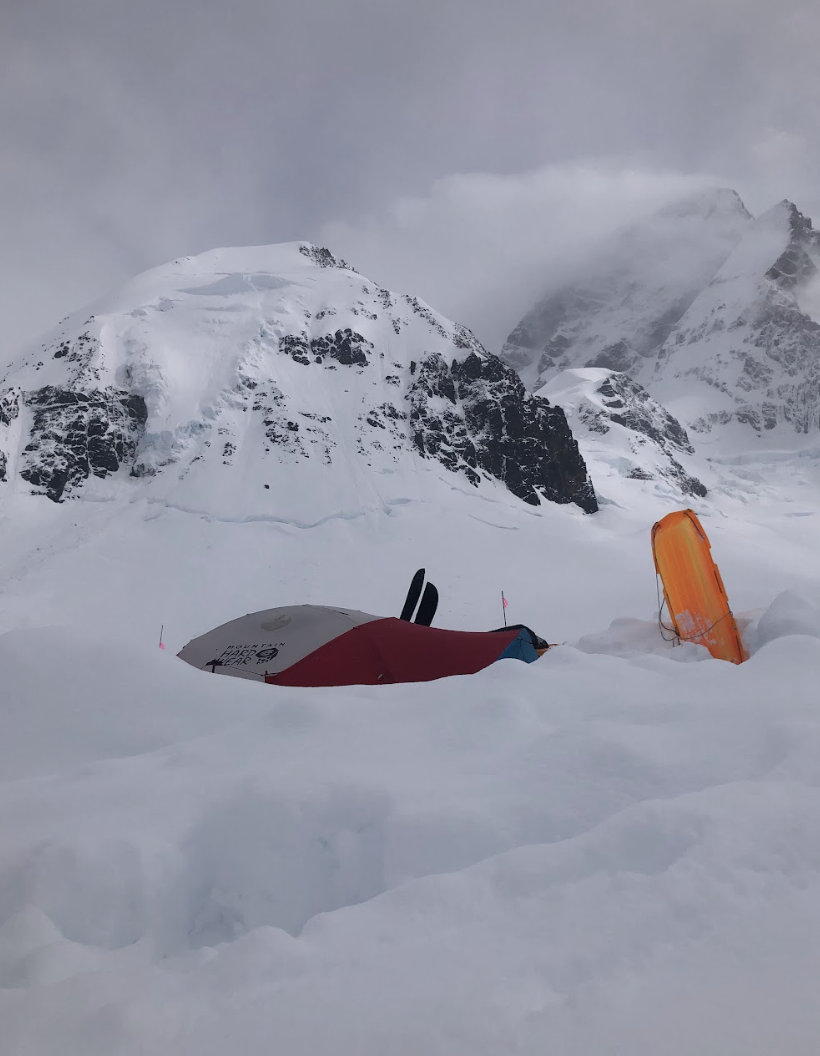
The amount of snow that fell buried the tent more than once. We had almost constantly to dig ourselves out. This photo was taken about halfway through the storm, and the snow walls are already almost over the top of the tent.
Finally, after waiting for what felt like forever, we got a forecast that indicated a couple of days of stable weather. We knew this could be one of our few chances and decided to use it to attempt the Carpe Ridge. On the morning of the planned day, we woke up to lifting clouds and spots of blue sky. We packed up overnight bags and skied the three miles from camp to the base of the ridge. We began climbing around 10:00 am with some light snow falling. The route's technical crux came right off the glacier with three pitches of 5.8-5.9 rock climbing. We moved through these pitches as efficiently and smoothly as we could. Above the rock climbing came the “easy” snow climbing. The new snow from the storm was deep, wet, and heavy. We took turns breaking trail and made it to the bench at 8,000’, far below our goal of camping at 10,000’. We spent the night and woke up again to clear blue skies. We were feeling optimistic as we packed up camp and continued climbing.
Our optimism was soon squashed as we were in mid-thigh to waist-deep snow. We continued to push for a while, but after some conversation, we realized that the new snow was far too soft and would only continue to get deeper as we went higher. We formally turned around at 8,300’ and were off the mountain and back on our skis in just a few hours.
With another large storm system moving in and our time beginning to run out, we contacted our pilot and flew out a few days early.
We are both proud of our climbing and our ability to continue trying and wanting to go up despite hard conditions.
The Rothberg-Birdwhistell Expedition Fund was established by the Rothberg-Birdwhistell family to support NOLS Instructors as they design and execute personal wilderness expeditions.
All Photos | John Sims
Written By
John Sims
As a NOLS instructor and having climbed extensively in the Cascades, the Wind River range, and Tetons, I was feeling ready to step up my personal climbing to some bigger ranges. My experience as a NOLS instructor became invaluable on this expedition both as we made challenging decisions in hazardous terrain and kept strong expedition behavior after being tent bound day after day.


